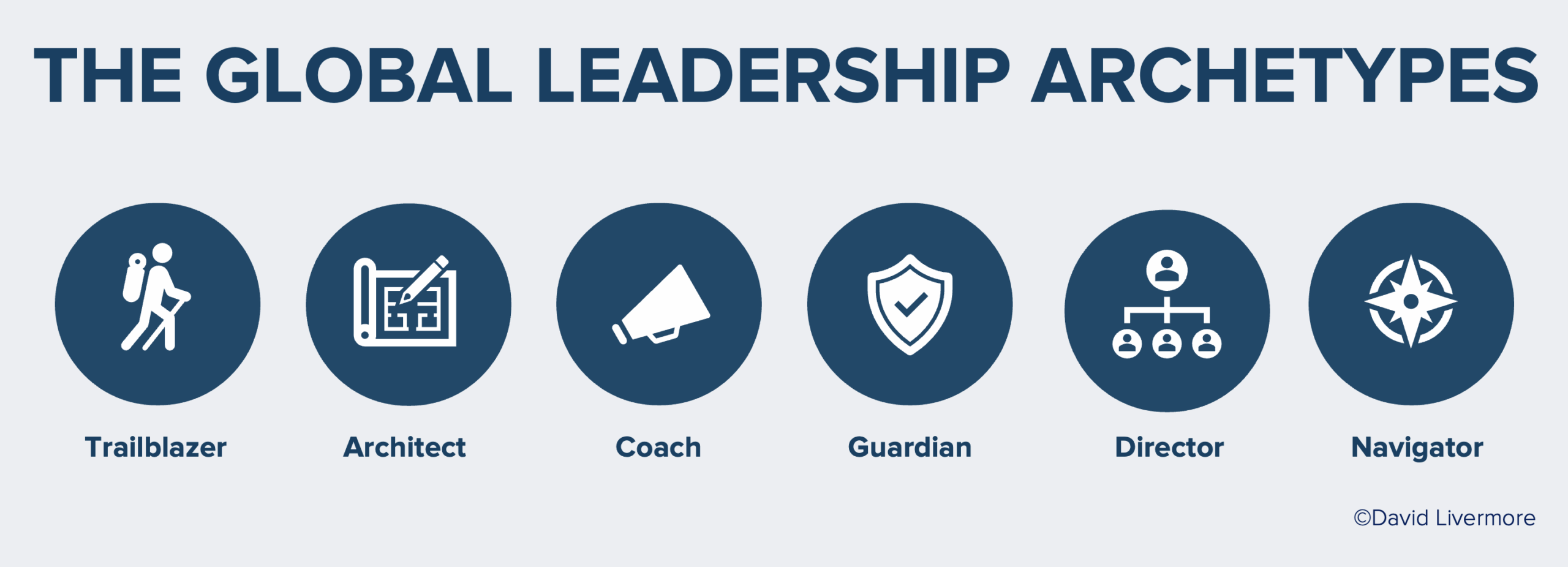My last article included ideas about how to give a compelling presentation to a diverse audience. But what about presenting remotely, a reality that any leader has had to embrace over the last two years. Giving an effective presentation virtually is more difficult in any context but particularly when the audience includes people from a diversity of backgrounds. The research on cultural intelligence and global leadership offers insights for how to improve our effectiveness as remote presenters.
To begin, I’m going to assume we understand the importance of good lighting, sound quality, and a high speed internet connection for giving an effective remote presentation. There are enough distractions built into remote presentations without the unnecessary interference of a poor technical set-up. If you need help in this area, I highly recommend this inexpensive course put together by my South African friend and colleague Graeme Codrington.
Here are a few ways to give a more effective remote presentation to a diverse group:

As I repeatedly say, global leadership is not about geography. It’s about leading people from myriad backgrounds and places, regardless of where they “sit”. What do global leaders do that is different from other leaders when giving a remote presentation to a diverse audience? Let’s unpack a few of the differences:
| LEADERS | GLOBAL LEADERS |
|---|---|
| Adapt an in-person talk | Create a new talk |
The first time I taught an online class, I basically converted my in-person course for online delivery Throughout the course, I ranted to my colleagues about how inferior the experience was for the students: “There’s no way they’re getting the same learning as the students who take this class with me in residence!” But the problem wasn’t the virtual format. It was that I didn’t design the class from scratch, thinking about the best way to facilitate learning using discussion boards, asynchronous lectures, etc.
Any time we give a remote presentation, we need to design it with the remote context in mind so that we can leverage the technology and accommodate the challenges and opportunities that come from diverse participants joining virtually. In reality, the tools available for remote presentations actually offer the potential for a more inclusive, culturally intelligent presentation. Multiple ways of providing feedback and interacting are built into platforms like Zoom and everyone has equal visibility to the presentation. Taking time to consciously design a presentation for remote delivery is the first step in making the presentation effective for a diverse audience.
| LEADERS | GLOBAL LEADERS |
|---|---|
| Jump straight into presentation | “Warm up” the group before presenting |
Most of us have become accustomed to that awkward period before an online session starts when we see each other but sit in silence until the presentation begins. In a live presentation, there’s typically some sort of warm up that occurs among the participants and with the presenter. People greet each other on the way in, share a cup of coffee and in many cases, the presenter has spent some time chatting with people informally. When I present, that kind of informal interaction is critical for giving me a pulse on the audience
The majority of remote events go straight into the presentation. Over time, many of us have grown accustomed to this and may feel little need to make a personal connection with the presenter or other attendees. But among many diverse audiences, there is more need for people to warm up to each other, the presenter, and the topic. When starting a remote presentation with a diverse group, take a minute and share something personal, use a poll to ask the audience a question, or facilitate a way for individuals to spend a moment greeting each other. Some will tune out and multi-task but those who need some time together before the presentation will be more in tune with you and ready to listen to what you have to say.
| LEADERS | GLOBAL LEADERS |
|---|---|
| Use slides to share information | Use slides to pique curiosity |
One of my pet peeves in any presentation is when a leader reads from a slide deck. This is particularly tempting in a remote presentation because the slides are right in front of us. Few of us are very adept at reading without the audience seeing that our eyes are tracking the words rather than looking right into the camera. Among many diverse audiences, your credibility as a leader is immediately diminished when you read your content during a so-called extemporaneous presentation. Don’t you know your content well enough to just talk to us? Furthermore, if your presentation is primarily you reading slides to us, why do we even need to hear you present?
Diverse audiences are looking for all kinds of cues when watching a presenter. In person, that occurs by watching the leader’s body language and energy in the room. In a remote presentation, the presenter usually appears as little more than a tiny box and your slides become center stage. Once again, this is a much bigger issue for many audiences where a fuller understanding of who you are and your context is just as important as the actual words you’re saying.
Your slides can be a useful way to address a diverse audience’s needs for things that are lost in a remote presentation. Rather than using slides to say the same thing you’re saying verbally, use them to pique curiosity. I minimize the amount of words I have on slides and use staged animations to guide the audience through the presentation gradually. And reduce the number of slides. Ten is plenty for most 30-minute presentations.
| LEADERS | GLOBAL LEADERS |
|---|---|
| Ask for comments and questions | Offer multiple ways to respond |
If audience participation is important in a live session, it’s inordinately more important in a virtual one. Any leader needs to offer a variety of ways for an audience to engage,. But where a global leader goes a step further is to more carefully consider how the audience engagement will work in light of the cultures represented. As noted in the previous article in this series, asking “Are there any questions” is a lazy, culturally ignorant approach and all the more so when presenting remotely. Opportunity for varied engagement is one of the advantages of remote presentations. You can easily insert a poll, ask for feedback in a chat box, use the white board, or even do something as simple as asking individuals to turn their cameras on or off to indicate their opinion or experience on a particular topic (e.g. “Turn your camera off if you’re never returning to the office”).
Throughout the pandemic, a lot of debate has surrounded whether leaders should insist on everyone having their cameras on. I loathe talking to a group with cameras off but I’ve learned to be more understanding of why some may need to keep their cameras off, not to mention the level of fatigue many feel by having to look engaged and expressive for an hour on camera. Be explicit about your preferences as a presenter (e.g., “If at all possible, please turn your cameras on anytime we’re engaging together as a group; Feel free to turn it off when I’m just covering content”. But allow individuals to opt out if there are reasons they don’t feel comfortable. The more diverse the audience, the more explicit you need to be about how to participate in various activities.
In a live presentation, I try to mix up the format and activity every 7-10 minutes. In a remote presentation to a diverse audience, I try to mix it up at least every 5 minutes. Sitting passively listening to a speaker remotely is very challenging.
| LEADERS | GLOBAL LEADERS |
|---|---|
| Communicate through words | Communicate through words and context |
Most of the world uses high context communication where words are only one aspect of communicating. The setting in which the communication takes place, the tone of voice, and what’s communicated in-between the lines is as important as the words themselves. For a low context audience member, seeing you speak in front of a virtual background with a beach behind you is irrelevant. For a high context individual, there may be confusion about what you’re trying to communicate by using that background and how it connects with your primary message.
In addition, most remote presentations have participants joining from many different locations. Global leaders are more mindful that the context of where an audience member is sitting can strongly influence how they engage with the presentation. A participant joining from their high rise condo at 10 PM versus one who is joining in the middle of the day with landscapers cutting the grass outside are going to have a very different experience with your presentation. For in-person presentations, the context is fixed. Everyone is in the same room, experiencing the same temperature, lighting, smells, and experience. In remote presentations, you have to find ways to create a shared context together despite the vastly different locations involved.
| LEADERS | GLOBAL LEADERS |
|---|---|
| Use charisma to sustain interest | Alter communication style |
Finally, many leaders, particularly in a Western presentation context, use charisma and enthusiasm to sustain interest, myself included. As noted previously, this communication style may need to be adjusted even for in-person audiences but it’s definitely something to adjust when presenting remotely. In most cases, a remote audience is not sitting in an auditorium and instead, they’re joining the presentation from their home or office. A more relaxed style is usually more effective though of course, this again has to be considered in light of the cultures involved.
A Silicon Valley audience or a group of US educators joining from home would likely welcome a leader dressing and communicating more informally for a remote presentation. Whereas a finance audience or a group of Asian government leaders may expect a much more formal background, dress, and presentation style.
Slowing your rate of speech and simplifying your language are even more important when presenting to diverse audiences remotely. The audience doesn’t have the benefit of watching your entire body language and of course communicating via technology may make deciphering accents more difficult.
Many of these practices also apply when giving a presentation to a homogenous audience. But the stakes for communicating with clarity and vision are much higher when presenting remotely to a diverse audience.
Remote presentations are here to stay which means presentations are more likely to include individuals from a diversity of places and backgrounds. And many individuals from a variety of contexts may watch the recording later.
It’s not inordinately difficult to give an effective remote presentation that engages a diverse audience. But it requires a thoughtful, culturally intelligent approach. Let me know what else you’ve been doing to improve your effectiveness presenting remotely.



